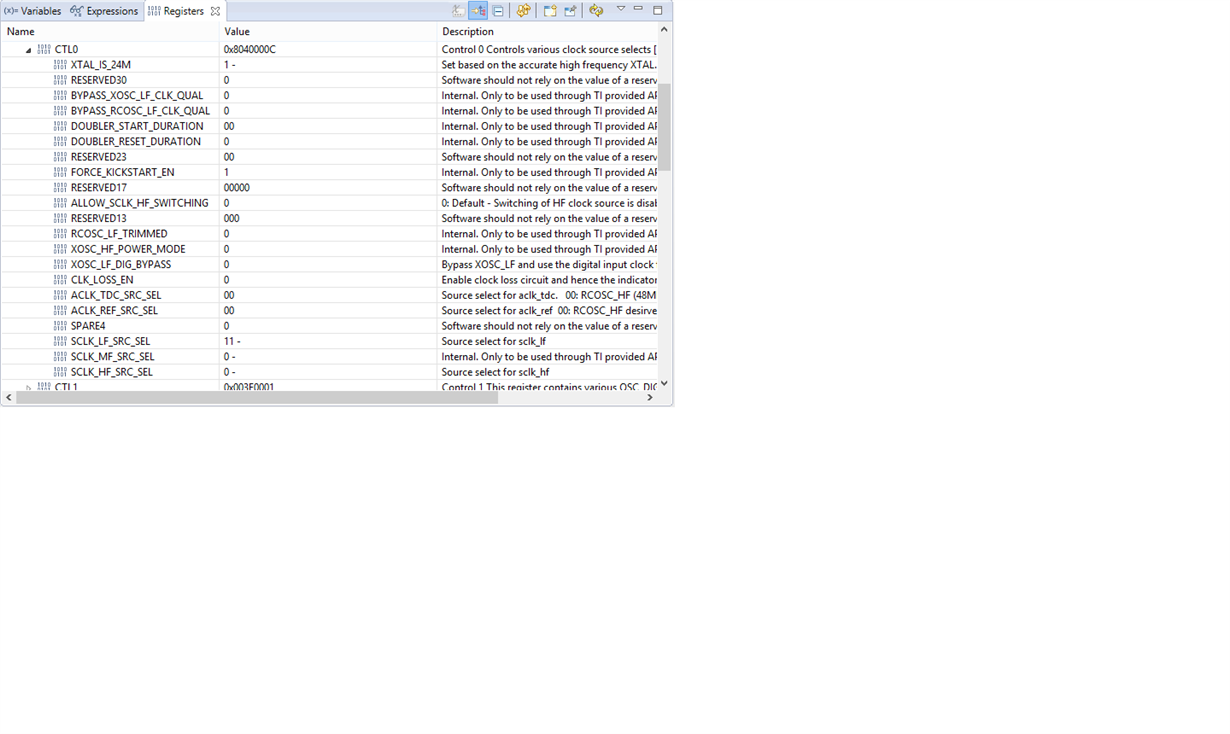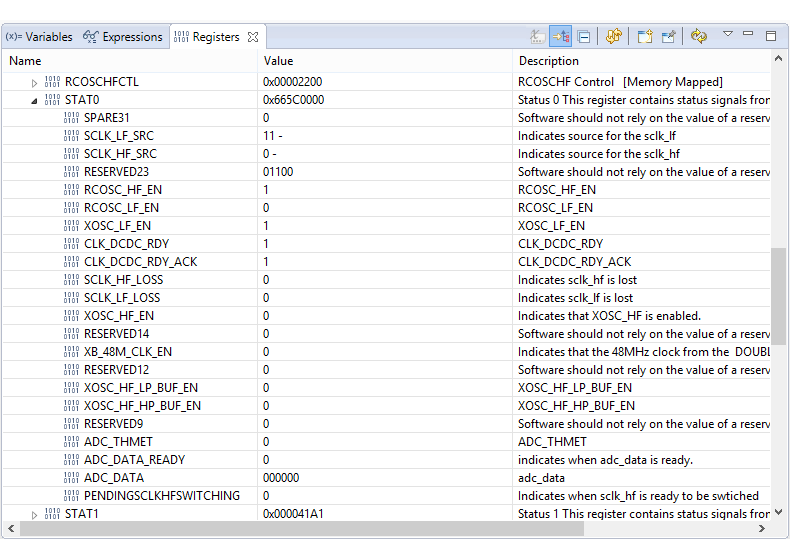Hi all,
I'm developing with our own PCB for CC2640. Using SimpleBLEPeripheral and TimeApp sample applications I can't connect my Android phone (Nexus 5 with Android 5.1) by bluetooth. Debugging the code I have observed that device advertises correctly and connection is firstly correctly established (GAP_LINK_ESTABLISHED_EVENT received), but inmediately connection ends (GAP_LINK_TERMINATED_EVENT) with reason LL_STATUS_ERROR_CONN_FAILED_TO_BE_ESTABLISHED.
Trying to solve this issue, I've playing with gaprole parameters: GAPROLE_MIN_CONN_INTERVAL, GAPROLE_MAX_CONN_INTERVAL, GAPROLE_SLAVE_LATENCY, DEFAULT_ENABLE_UPDATE_REQUEST, DEFAULT_DESIRED_CONN_TIMEOUT...., but nothing changed.
By now, I can't get the USB dongle to act as a sniffer and I don't have another mobile phone to test (I am trying to get both of them).
Any ideas or suggestions to unblock this issue will be welcomed.
Thank you.



